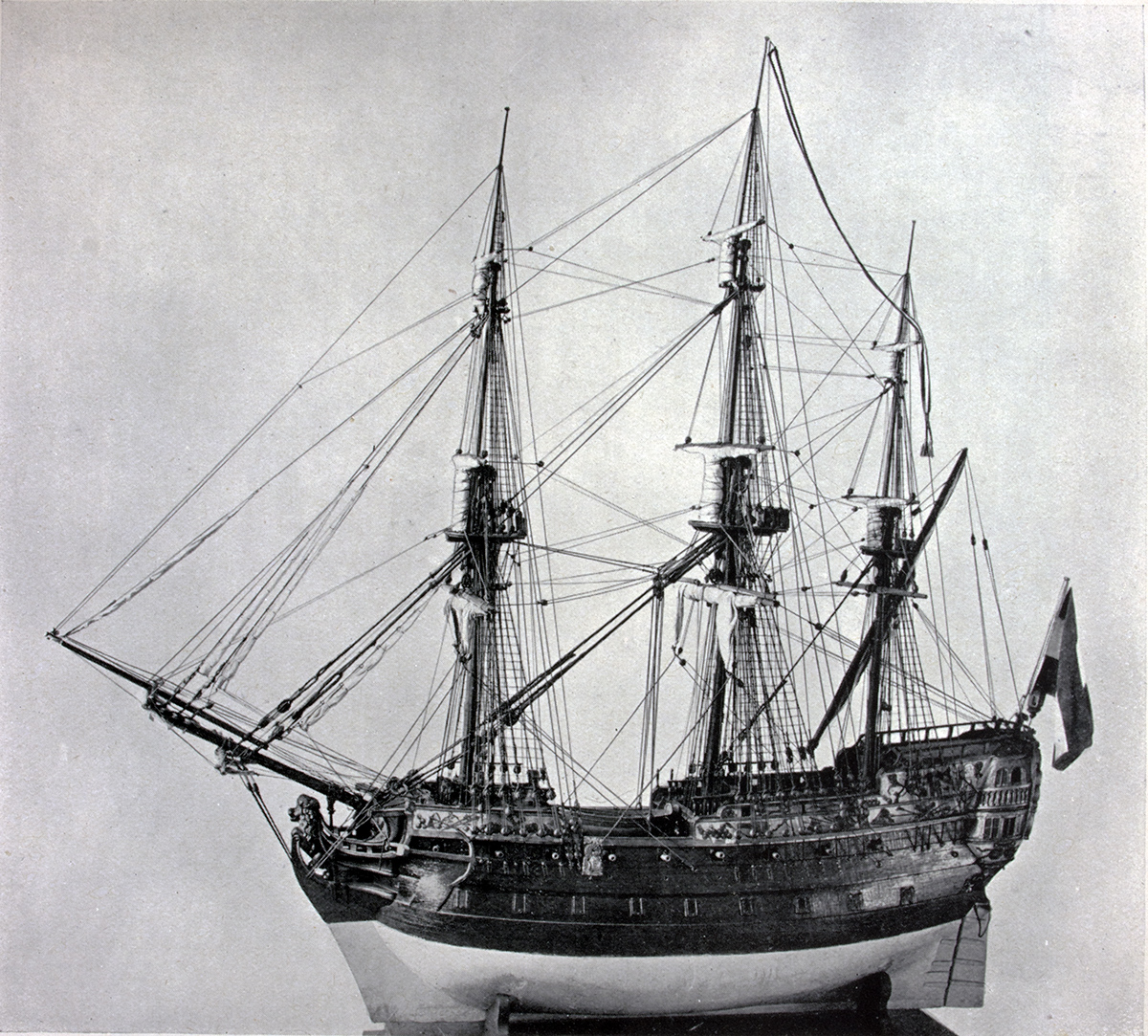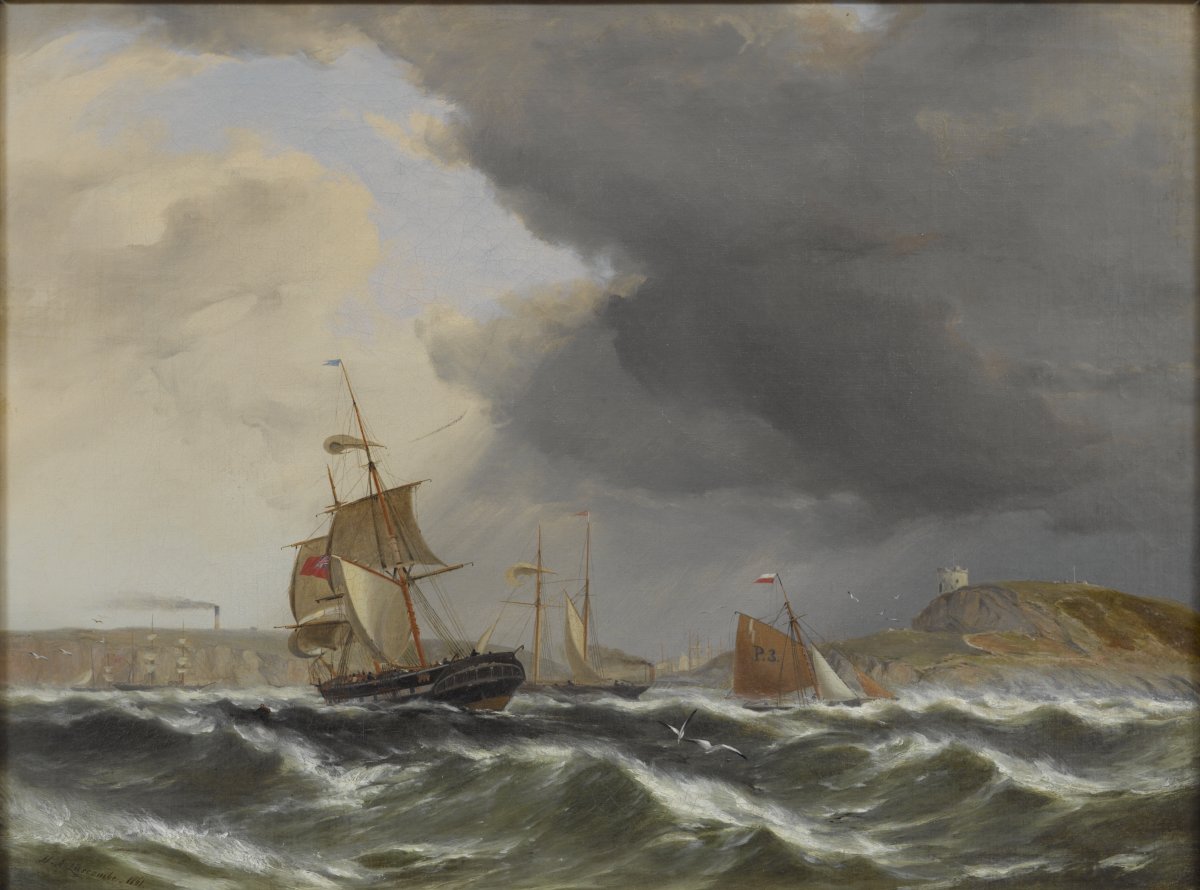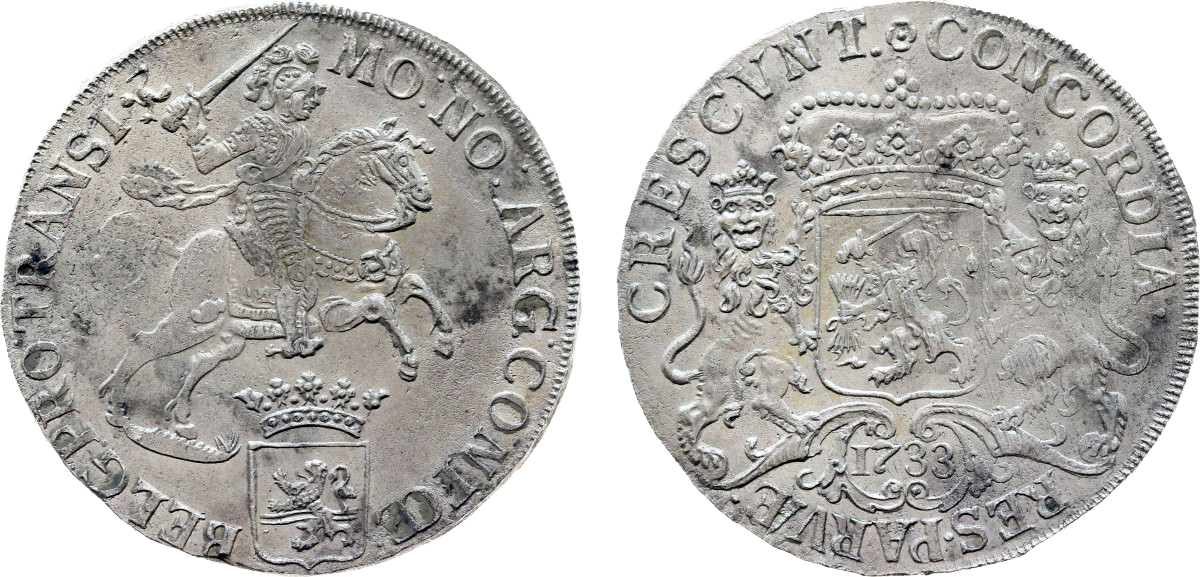Not Set
The Dutch East Indiaman Astrea was wrecked near the entrance to the Cattewater in Plymouth Sound in October 1725.
Type
A Dutch East India Company (VOC) armed merchant ship.
Location
The entrance to the Cattewater.
History
The Dutch East Indiaman Astrea was built in 1720, she had completed one voyage to the Indies before being wrecked in Plymouth Sound in 1725 on an outbound voyage to Batavia in Indonesia. The ship was built in 1720 for the Delft Chamber of the Verenigde Oostindische Compagnie (VOC) in a shipyard in Delfshaven in Holland, she was 145 feet long, 800 tons burthen and armed with 40 guns.
On her first voyage, the Astrea left Goeree in Holland in October 1721 under the command of Huibert van Spijk arriving at the Cape of Good Hope in South Africa in March 1722, the ship sailed for Batavia in April and arrived two months later. In September, the Astrea sailed for the Cape under the command of Jan Reebok and arrived back in Texel in Holland on 21st May 1725.
In September that same year the Astrea loaded up with a cargo of specie and goods to take to the East Indies under the command of her captain Jacob Thoorn, on board were 31 chests of silver and a consignment of gold coins. On 30th September the Astrea left Holland in company with five other Indiaman, the Heesburg, Linschoten, Susanna, Velserbeek and Westerdijkshorn. Sailing down the English Channel, the weather worsened with the wind veering from southeasterly to southwesterly and increasing in strength. Two of the convoy were separated from the four others who together ran for the nearest shelter which was in Plymouth Sound. One of the four Indiamen succeeded in getting into the safe haven of the Cattewater at the north end of Plymouth Sound leaving the Astrea and two of her companions riding at anchor outside. Before the huge Plymouth Breakwater was built Plymouth Sound was exposed to storms from the south and huge waves could build up in the shallow waters. On the 9th of October, the force of the south-westerly wind and the pounding of the waves eventually broke the anchor cables securing Astrea and she was blown downwind onto a ledge of rocks. The ship remained intact but stranded on the rocks was beaten by the sea from noon till the evening, with onlookers on the shore and the crews of the other three Indiamen unable to help because of the huge seas. Eventually, the well-built timber hull of the Astrea succumbed to the waves, split in the middle, and broke up. Only the captain and a few of the crew survived by clinging on to floating wreckage that was taken into the Cattewater on the flood tide where the sea was calm enough to rescue the survivors using small boats.
Newspaper accounts from that time said that the Astrea went to pieces and very little of her cargo would be saved. There were no later reports of what had been recovered from her cargo, lead ballast or her 40 guns, but it was reported that 28 chests of silver coins were recovered from the 31 that had been loaded on board in Holland. The heavy wooden chests were brought to shore by two tide surveyors from HM Customs, Joseph Pyke, and Anthony Porter, and had been given to the VOC company agent.
Captain Thoorn did salvage some of the goods on board the ship, as he complained later to the Company Directors that while he was busy doing that, two sealed bags of ducatons (coins) he had rescued had been taken from him and added to the pile of salvaged material. Thoorn maintained that the bags were his and were marked with his initials, and he requested that they be given back as he had lost everything in the wreck and the coins were all he possessed.
This is a digest version of this account, for more information please contact The SHIPS Project.
Location and Access
The location of this wreck is unknown, other than being somewhere near the entrance to the Cattewater..
Diving is not permitted in the Cattewater.
Last updated 04 May 2023
Information
Type:
Armed merchantman
Date Built:
1720
Date of Loss:
9th October 1725
Manner of Loss:
Wrecked
Outcome
Salvaged
Builder:
Dutch East India Company
Official Number:
None
Length
145ft
Beam
Unknown
Depth in Hold
Unknown
Construction
Timber
Propulsion
Sail
Tonnage
800 tons
Nationality
Dutch
Armament
Unknown
Crew
250
Master
Jacob Thoorn
Owner
Delft Chamber of the Dutch East India Company (VOC)
Reference
Hob UID: 876212
.
Not Set
Leave a message
Your email address will not be published.
Click the images for a larger version
Image use policy
Our images can be used under a CC attribution non-commercial licence (unless stated otherwise).




